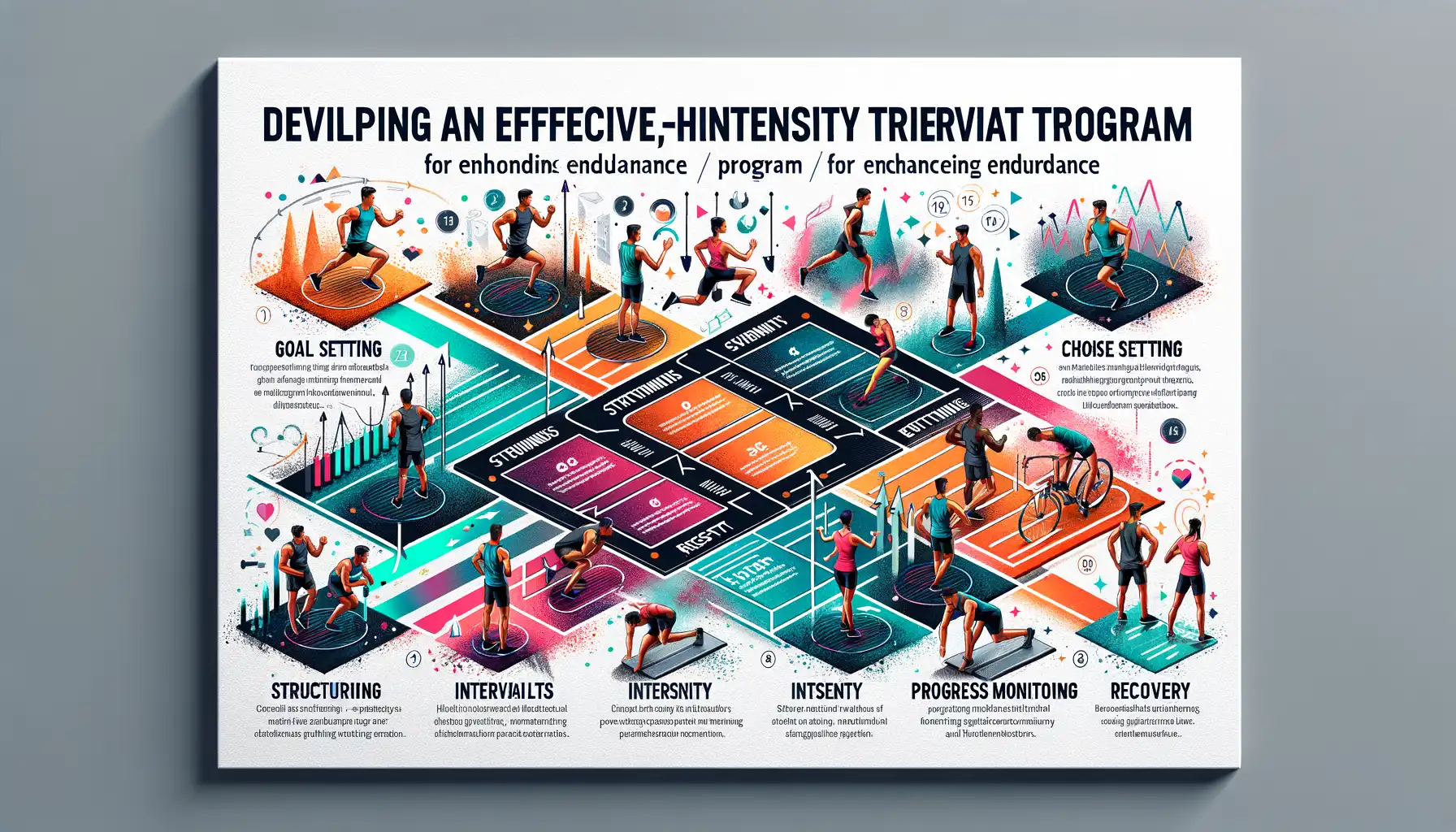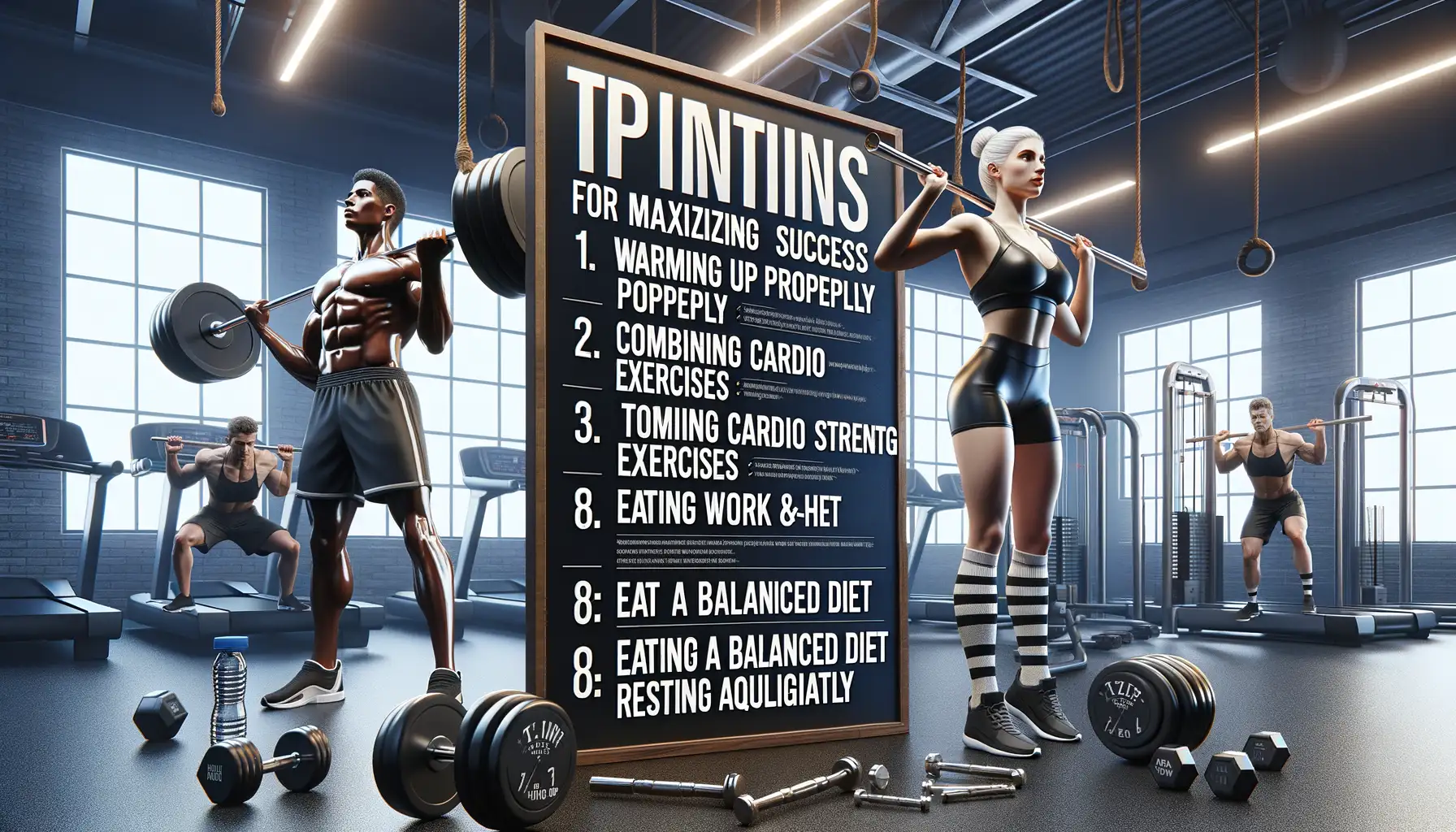
How High-Intensity Interval Training Can Improve Your Endurance
Benefits of High-Intensity Interval Training for Endurance
Why HIIT Feels Like a Secret Weapon for Stamina
Do you ever feel like your endurance hits a wall right when you’re ready to push harder? That’s where the magic of High-Intensity Interval Training (HIIT) comes into play. It’s not just another workout—it’s a game-changer that supercharges your stamina in surprisingly little time. Imagine sprinting up a hill, then catching your breath on the way down—HIIT mimics exactly this rhythm of intense work and recovery.
Here’s the beauty: by pushing your limits in short bursts, your body learns to use oxygen more efficiently. This means longer bike rides, tougher hikes, and still feeling like you’ve got gas in the tank. Plus, it boosts your VO2 max—a fancy term for your capacity to take in and use oxygen during exercise.
- Your heart becomes stronger and more efficient.
- You build resilience for those grueling, never-ending workouts.
- Oh, and let’s not forget—it’s a time-saver!
Still skeptical? Picture this: even as you rest between intervals, your muscles are hard at work repairing, adapting, and coming back even stronger. Who wouldn’t want that kind of edge?
Understanding the Science Behind HIIT and Endurance

How HIIT Transforms Your Body for Endurance
Have you ever wondered why your legs feel like jelly halfway through a long run—but after a few weeks of consistent training, you suddenly feel unstoppable? That’s the magic of endurance building, and High-Intensity Interval Training (HIIT) takes it to a whole new level.
When you push your body to its limit during those short, intense bursts of HIIT, you’re not just burning calories or sweating buckets. You’re sparking a cellular revolution. Here’s how: HIIT helps improve your VO2 max—your body’s ability to use oxygen efficiently. It’s like upgrading your car engine to a turbocharged version, except this engine is your heart and lungs.
Your muscles also play their part in this incredible transformation. During those high-intensity intervals, your mitochondria (yep, the “powerhouses” of the cell) multiply faster than rabbits in spring. More mitochondria mean more fuel to power through those grueling endurance activities.
- Stronger heart = better blood flow.
- More oxygen = less fatigue.
- Turbo-boosted mitochondria = extra stamina reserves.
If you’ve ever felt like running a marathon requires some superhuman ability, HIIT might just be the key to unlocking yours.
The Hormonal Edge: A Secret Weapon for Stamina
Here’s where things get really fascinating—HIIT doesn’t just condition your muscles and lungs; it also rewires your hormone system to support endurance. Intense bursts of exercise trigger the release of human growth hormone (HGH), a little biochemical wonder that promotes muscle repair, fat metabolism, and even faster recovery. Think of it as nature’s Red Bull, but without the sugar crash.
And let’s not forget about cortisol. While chronic stress can send this “stress hormone” spiraling out of control, the controlled chaos of HIIT training teaches your body how to manage it better. The result? You stay calmer under pressure and perform like a pro—even when you’re several miles into your next big race.
So, each sweat-drenched interval isn’t just strengthening your physical limits—it’s hardwiring resilience into your very DNA.
How to Design an Effective HIIT Program for Endurance

Crafting Your HIIT Blueprint: It’s All About Balance
Designing an effective HIIT program for endurance is like crafting a masterpiece—each piece has to fit just right. You’re not just throwing random exercises into a blender and hoping for magic. Instead, you’re creating a symphony where high-intensity bursts and recovery periods work together in beautiful harmony to build lasting stamina.
Start with a clear goal: Are you training for a marathon? Hoping to crush your next cycling session? Once you know your “why,” you can shape the “how.” Typically, a great HIIT workout alternates between short periods of all-out effort (think 20–45 seconds) and recovery phases (30 seconds to 2 minutes).
- Choose intensity wisely: Your “high” intervals should feel like you’re chasing a bus—but don’t forget to breathe!
- Mix movements: Sprint today, swap for burpees tomorrow. Diversity keeps your body guessing and growing.
- Set durations: Total workout time can range from 15 to 30 minutes—short but oh-so-sweet.
Dialing in Recovery and Progression
Here’s a secret: Recovery isn’t lazy—it’s where the magic happens. Treat your rest as intentionally as your sprints. Active recovery, like walking or light jogging, is golden for endurance-building. Over time, aim to progress by tweaking interval lengths, upping intensity, or shortening recovery. But stay tuned to your body; endurance is a journey, not a sprint.
Common Mistakes to Avoid in HIIT Training

Why Pacing Like a Marathoner Won’t Work
If you’ve ever treated HIIT like a long-distance run, pacing yourself carefully and holding some energy back—stop right there. That’s mistake number one. The whole point of high-intensity interval training is to go all out during those work intervals. Think of it as a sprint, not a jog. You’re supposed to feel breathless, your heart pounding like a drum solo. If you don’t, you’re not pushing hard enough.
Sure, it sounds intense, but skimping on effort is like buying a sports car and never leaving second gear. Trust me, while moderation has its place in other workouts, it doesn’t belong here.
Neglecting Recovery: The Silent Saboteur
Here’s another common blunder: forgetting that rest is just as crucial as the work. When you skip recovery or shorten it too much, you’re setting yourself up for burnout. Your body needs that downtime to recharge, repair, and get ready to fire up again.
Don’t believe me? Imagine hosting a party night after night without cleaning up from the mess before. Chaos, right? Your muscles feel the same way when rest gets sidelined.
- Pushing through fatigue instead of pausing.
- Choosing short intervals without considering your fitness level.
- Undervaluing hydration and proper nutrition post-HIIT.
Make every recovery moment count. Rest isn’t weakness—it’s strategy.
Tips for Maximizing Results with High-Intensity Interval Training

Fine-Tuning Your HIIT for Maximum Impact
Ready to ignite your performance with High-Intensity Interval Training (HIIT)? The magic isn’t just in the sweat—it’s in the strategy. To truly transform your endurance, let’s refine those details like a master artist adding the final touches to their masterpiece.
First things first: listen to your body, not your ego. Everyone loves a challenge, but overdoing it might leave you sidelined. If you’re gasping for air after every interval, scale slightly back. Push hard, but don’t turn your workout into a one-way ticket to burnout.
A game-changer? Nail your recovery periods. Think of recovery time as the secret ingredient in a recipe—it may not shine on its own, but it makes the whole dish irresistible. Experiment with different active recovery strategies, from walking to light cycling, to find what keeps your energy tank refueling.
- Pair short bursts with explosive moves like jump squats or sprints.
- For longer intervals, focus on smoother, sustainable exercises such as rowing or cycling.
Lastly, consistency is key. Like planting seeds in a garden, you won’t see results overnight—but stay the course, and you’ll be amazed at the transformation.
You may also like
Latest Articles
- Modern Rarities: Premium-Appraised Quarters Released in 2020s

- Old Age Is a Joy Nowadays: Free Games That Will Help to Boost Your Memory

- The Historical Significance of Coins Depicting Sports

- Mental Training for the Self: How to Stay You Without Disappearing in Others

- Why Strength and Conditioning Are Vital for Athletes

Calendar
| M | T | W | T | F | S | S |
|---|---|---|---|---|---|---|
| 1 | 2 | |||||
| 3 | 4 | 5 | 6 | 7 | 8 | 9 |
| 10 | 11 | 12 | 13 | 14 | 15 | 16 |
| 17 | 18 | 19 | 20 | 21 | 22 | 23 |
| 24 | 25 | 26 | 27 | 28 | 29 | 30 |
